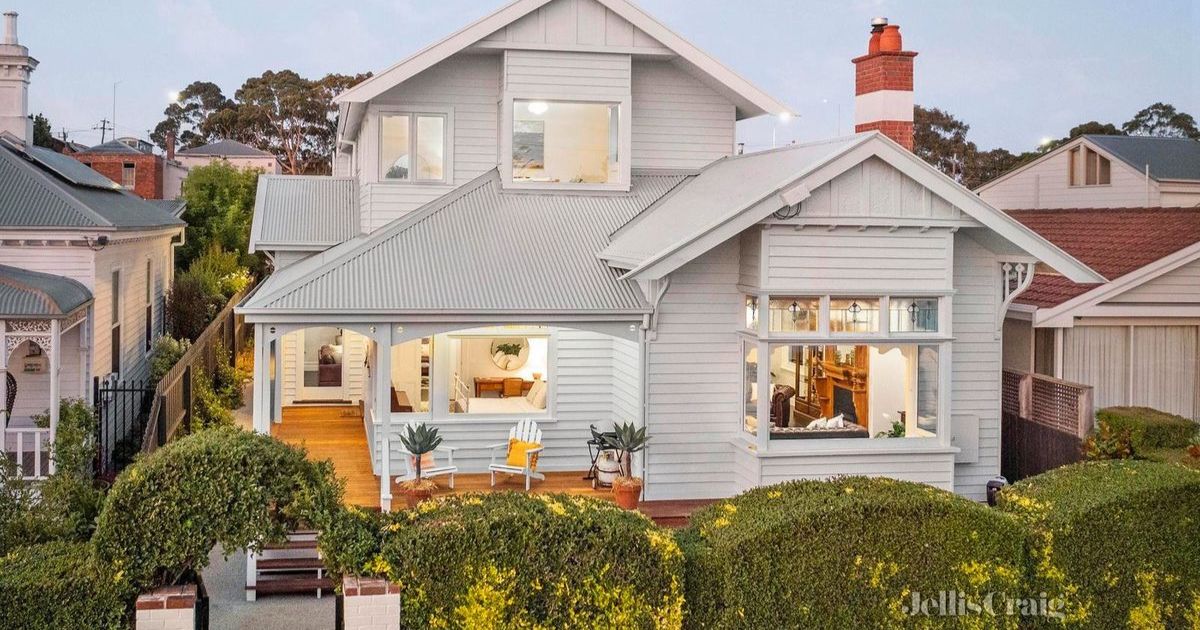Upgrading options in the wake of the credit crunch

Surf Coast Finance director Lanie Conquest has spent 25 years in financial services, working in senior positions at St George Bank, Westpac, Macquarie and Temenos Australia.
Making profitable changes to your home is one of life’s greatest achievements and long-term investments – but according to Surf Coast Finance director Lanie Conquest, managing the transition has become a lot more stressful in a thinner market plagued with difficulties in obtaining credit.
Twelve months ago, many upgraders would have rolled the dice to appropriately time the buying and selling process in their favour, however, the risk of selling for lower than expected has would-be upgraders slowing things down. So, what are the options?
Lanie says if your income is strong and you can prove to a lender you could manage the responsibility of two mortgages, this is the most strategic option.
“This option may even involve including future rental income to service the loan,” she says.
“The benefit of owning two properties means if one property doesn’t sell, you can rent it out.”
However, Lanie says this comes with its “own set of complexities” in managing a sale with a tenant in the property.
Another recommendation put forward by Lanie is to sell first and move out either into a rental, or into an alternative option such as with parents or a family holiday home.
The third option is to consider “bridging finance”. Lanie says bridging involves paying a full standard home loan rate for the period that two loans are required. However, the affordability of the loan is only assessed on a calculated “end debt” position.
“These calculations involve a discount in case the home is sold for a lower amount, and some other assumptions
stacked in the lenders favour. However, when the process is over, the loan reverts to a discounted home loan based
on whatever the loan amount ends up being after the sale transaction has been completed.
“This is an example of where it would be more expensive than renting but may be a lot less hassle in moving around
– a family is looking to purchase a new property for $1.4 million. They expect to sell their current home for approximately
$1 million and have a $500,000 mortgage remaining. They could expect to pay around $23,000 over a sixmonth bridging period which would be equivalent to $885 per week in rent. This cost is capitalised into the end loan, so is favourable from a cashflow perspective.
There are risks of course, such as the final sale price and time taken to sell.”
For more tips and advice, contact Lanie Conquest at Surf Coast Finance on 0418 938 646. Lanie has more than 25 years of banking and financial services experience. Alternatively, you can email [email protected] or head to surfcoastfinance.com.au.

















